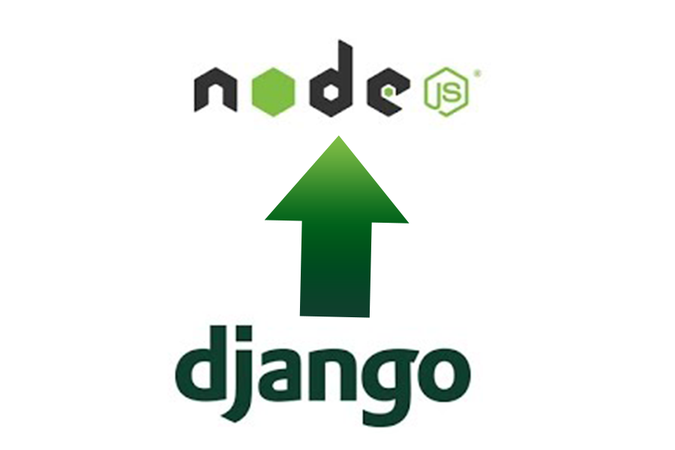Part - 1
- Installation
- Project Creation
- App Structuring
- Setup AngularJS
Part -2
- Integrate Database
- Setup Login
- Setup Worker(node celery with Rabbitmq)
- Deploy
1. Installation
Install node
Install npm
Install express
npm install -g express
2. Project Creation
Creating using express-generator
express <myapp>
cd <myapp>
npm install
To Start: npm start
3. App Structuring
Rename app.js as manage.js (As you like)
In your project find www file under bin folder and change
var app = require('../app');
to
var app = require('../manage');
Configure templates folder
In your manage.js configure app.set('views', path.join(__dirname, 'views'));
views is the directory from where your templates are going to rendered
So you can change this name and make sure this directory exists in your project
app.set('views', path.join(__dirname, 'templates')); (As you like)
Configure templating engine
NodeJS supports different template engines
hjs (hogan js)
ejs (embererd js)
jade
Note: All these templates are rendered in server side by node
In your manage.js configure the template engine app.set('view engine', 'jade');
In above it uses the jade as template engine
app.set('view engine', 'hjs'); (As you like)
Note:
npm install hjs or npm install jade
Configure Static folder
By default NodeJS will look into Public for static content, If you
want to use someother folder specify the folder name in the following
app.use(express.static(path.join(__dirname, 'public')));
to
app.use(express.static(path.join(__dirname, 'assets')));
Note:
The assets folder should exists in your project.
Creating Apps
In NodeJS unlike django there is no concpet of apps, everything grouped under what they do. Ex: urls are under routes, templates under views.
In your project folder
mkdir <app1>
mkdir <app2>
create,
urls.js (empty)
models.js (empty)
views.js (empty)
in your app1 and app2 (As you like)
Create folder for your settings and other utils with same as your project name (As you like)
in your project,
mkdir <yourprojectname>
in yourproject/yourprojectname/
create a file called settings.js (As you like)
Some tweeks to settings
Like django if we want to use some settings or some automated loading based on settings then first we need to maintain some settings
var CONFIG = {
INSTALLED_APPS : [
'app1',
'app2'
],
}
module.exports.config = CONFIG;
In the above code I'm maintaining installed apps to load urls automatically in manage.js with list of INSTALLED_APPS
Understanding module.exports
At this point of time you may be suprised or misconfused about module.exports and what it does.
It will export the export the specified thing into where you require it.
Autoload urls
Means it will automatically import urls like django,
Import settings in your manage.js
var settings = require('./<projectname>/settings');
load urls.js automatically
for(var iter = 0; iter < settings.config.INSTALLED_APPS.length; iter++){
var route = "./" +settings.config.INSTALLED_APPS[iter] + "/urls";
var routes = require(route);
app.use(routes);
}
4. Setup AngularJS
Note: Use only the non-minified version of the script libraries of angularjs.
include js files assets (assets/js)
add script tags in base.hjs
Re-Route to client when partial url comes to nodejs
if(err.status === undefined || err.status === null){
res.render('base', {'message':'partial_url'});
} else {
res.status(err.status || 500);
res.render('error', {
message: err.message,
error: {}
});
}
I'll post the part-2 with some basic actions like login setup, database setup and deployment of node app in ec2 very soon.

